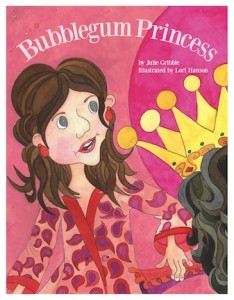
The Making of Bubblegum Princess
Creating a Picture Book Dummy
The launch of KidLit TV had me fairly busy this past fall and I’m thankful that Lori was able to fill in by sharing how she created all the characters—from Queen to corgi—for Bubblegum Princess. But before I continue the series, I’d like to share something about Lori. She’s been invited to study with Jules Feiffer this year at Stony Brook Southampton. If you get a chance to study there, you simply do not pass it up. If you get a chance to study there with Jules Feiffer, you pack your bags, find a sitter for your K9s and kitties, hop on the next plane—well you know what I mean: you just get yourself out there! So needless to say, but I’ll say it anyway, I am thrilled for her.
As the series continues, I thought I’d talk about how Lori and I created the picture book dummy.
Dummy book or F and G?
A dummy book can be for-your-eyes only or you can choose to make something more polished to share if you’re looking for feedback or critiques. If you’re planning to get prepublication reviews, you need to produce an F and G, folded and gathered, an industry term for an unbound, full color version of a picture book. We printed something that wasn’t a dummy book or an F and G. I’ll call it a dressed-up dummy book, staple bound, with a glossy color cover and matt paper interior for B and W illustrations and text.
Why make a dummy book?
A dummy book helps you examine how the story unfolds, page by page, so you can create a balance between text and illustration, review the story’s pacing, and check that you’ve created tension before the page turn. It allows you to make adjustments to, and spot weaknesses in, your story. We started with a storyboard, quite by accident. It seemed like a logical way to break up the text, so when it came time to create the dummy book, we were halfway done. It was time to test if the page turns and page breaks felt right.
Physical considerations for a dummy book.
Previously we shared how the story was edited and the characters illustrated. Somewhere during that process we decided that the size and orientation of the book should be determined so that Lori would know how to frame her illustrations. She could then find art paper that fit these dimensions, draw illustrations leaving room for text, then scan and save those illustrations as TIFF files.
Portrait or landscape?
At a recent SCBWI conference, there was a very interesting discussion about book layout re portrait vs landscape. The conclusion seemed to be that portrait framing is effective for character driven stories, landscape for when the location or story setting is key. Portrait made sense for our princess.
Book Block
For picture books, 32 pages are standard, 24 pages are common for younger readers, and 40+ pages are rare because they’re costlier to print. This page count includes copyright and title pages (front matter) and end pages, all of which can vary in number. I’ll go into detail in a later post. Our story unfolds over 16 spreads and three single illustrations.
Trim Size
Your dummy book doesn’t have to be the same size as your printed book but if you’re publishing it, you want a better idea of how it will look, so go ahead and make your dummy book the same size. One consideration was which size was most common and least expensive to print. Consult printing sites and you’ll see that the size of the book, or trim size which is the printing term, varies. Choosing an industry standard is less expensive to print than a custom size. Choosing a standard size, like 8.5 x 11 was the answer. A good site for practical advice on book design (that term is even used in his tag line) is Joel Friedlander’s The Book Designer.
Create a dummy book using Apple’s Pages.
I used Adobe’s InDesign for the print ready PDFs for the hardcover, but for the dummy book I used Apple’s word-processing program, Pages, to easily click and drag images and text into place. Exporting each spread as a PDF, I sent the file to the local printers, but the proof copy was a jumbled up mix of single pages and spreads.
The tech explained that the program he used required single, individual PDFs for each page. A staple bound book is a collection of folded sheets of paper each of which has four pages. For our dummy book, sheet one contained text and images for page one and page 32 on one side and page two and page 31 on the other side. You can see how that would be confusing. So I had to split each spread into two, then re-save as single page PDFs for text and illustrations to be in sequence. That solved the problem.
Next month’s post: I’ll tell what we did with these dummy books!
Resources:
Jane Friedman’s website is a jewel for publishing advice — but you know this already, right?
Tara Lazar has great tips on how to construct your PB.
Julie Gribble was a Stony Brook Southampton Children’s Literature Fellow mentored by Emma Walton Hamilton and Cindy Kane Trumbore. She’s a full-time writer and a member of SCBWI, ChLA, BAFTA-NY Children’s Committee and is founder of KidLit TV, www.kidlit.tv, an online video resource for the kid lit community.
Lori Hanson received her Master of Fine Arts from the San Francisco Art Institute and served an apprenticeship under celebrated artist Gregory Gillespie. She’s a member of SCBWI.
Bubblegum Princess, a picture book inspired by the Duke and Duchess of Cambridge, has received a First Place Royal Dragonfly Children’s Picture Book Award, a nomination for a Cybils Award, and is Story Monsters Approved!
Twitter: @JulieGribbleNYC
Website: http://www.kidlit.tv
YouTube: http://www.youtube.com/kidlittv
Pinterest: http://www.pinterest.com/kidlittv
Facebook: http://www.facebook.com/groups/kidlittv
Connect with KidLit TV: http://www.kidlit.tv/newsletter
Lori Hanson’s website: http://www.rosengrove.com/bubblegum-princess.html
Bubblegum Princess website: http://nymediaworks.com/bubblegum-princess
Bubblegum Princess on Amazon: http://www.amazon.com/Bubblegum-Princess-Julie-Gribble/dp/0989091406
Bubblegum Princess in Square Market: https://squareup.com/market/ny-media-works-llc/bubblegum-princess
Find all previous posts in this series at this link.
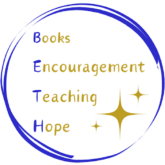
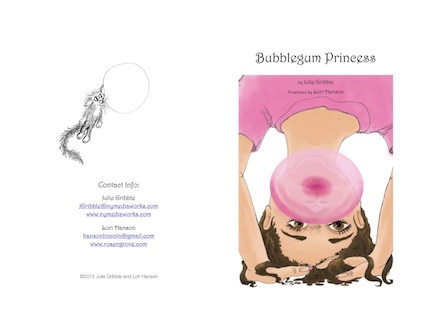
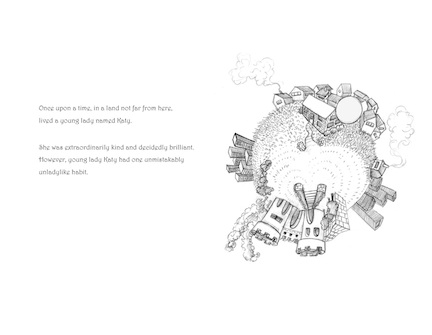
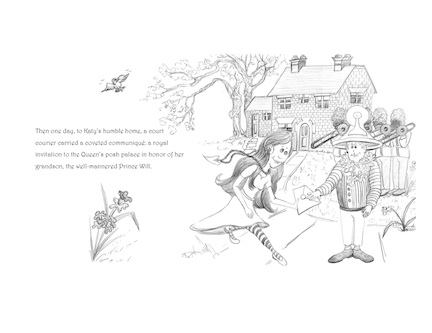
Nice article Julie!
Loved working on this project with the very talented Lori Hanson!
Very helpful post. Thanks!
Thank you! If you have any questions, please don’t hesitate to ask.
Thanks for the continuation of an inside look at the making of a PB, Julie and Beth!
The creation of a picture book is quite an undertaking! I’m pleased that I can share our experience here on Beth’s blog. Thank you Beth!
Great post! This series is completely awesome! 😀